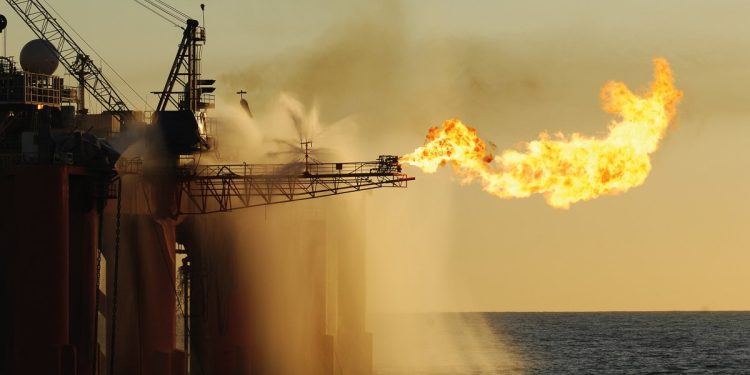World Bank Names 2023 Gas Flaring Rates as Worst in Five Years
Russia named leader in flaring, rates increased in all regions amid declining production.
In 2023, associated petroleum gas (APG) flaring rates increased significantly and became the worst in five years, according to the World Bank report.
In general, the volume of flared gas increased by 9 billion cubic meters, or 7%, over the year, and if in 2022 it was 139 billion cubic meters, then in 2023 it was already 148 billion cubic meters.
According to the bank’s estimates, Russia, Iran, Iraq, the United States, Venezuela, Algeria, Libya, Nigeria and Mexico remain the leaders in flaring. Last year, these countries accounted for 75% of global gas flaring, while their share in oil production was only 46%. At the same time, while the intensity of flaring increased in Russia, Iran, Iraq, the USA and Libya, it remained almost the same in Nigeria, and decreased in Venezuela, Algeria and Mexico.
In Russia, which ranks first on the list, flaring rates increased in all oil-producing regions, despite the fact that oil production decreased by 2%. As a result, volumes increased by 2.9 billion cubic meters (11%). The authors attribute such indicators, among other things, to the possible deterioration of oil and gas facilities due to limited availability of equipment due to the current geopolitical situation.
In Iran, the volume of associated gas flaring increased by 3.2 billion cubic meters (19%), which is due to a 10% increase in oil production and a lack of investment in the corresponding gas infrastructure.
In 2023, global oil production increased by just 1% to 81.6 million bpd from 80.4 million bpd in 2022, while global flaring intensity (the amount of gas flared per barrel of oil produced) increased by 5%. At April 2024 gas prices, the potential market value of the total gas “lost” in flaring in 2023 could be between $9 billion and $48 billion. Stopping flaring would prevent at least 381 million tonnes of carbon dioxide equivalent from being released into the atmosphere each year.











